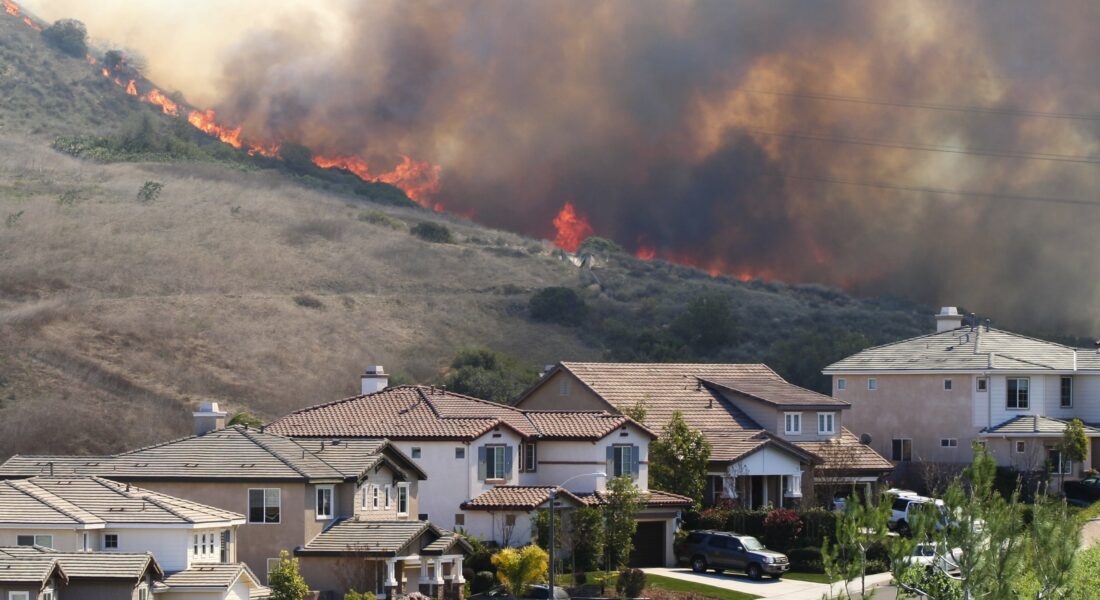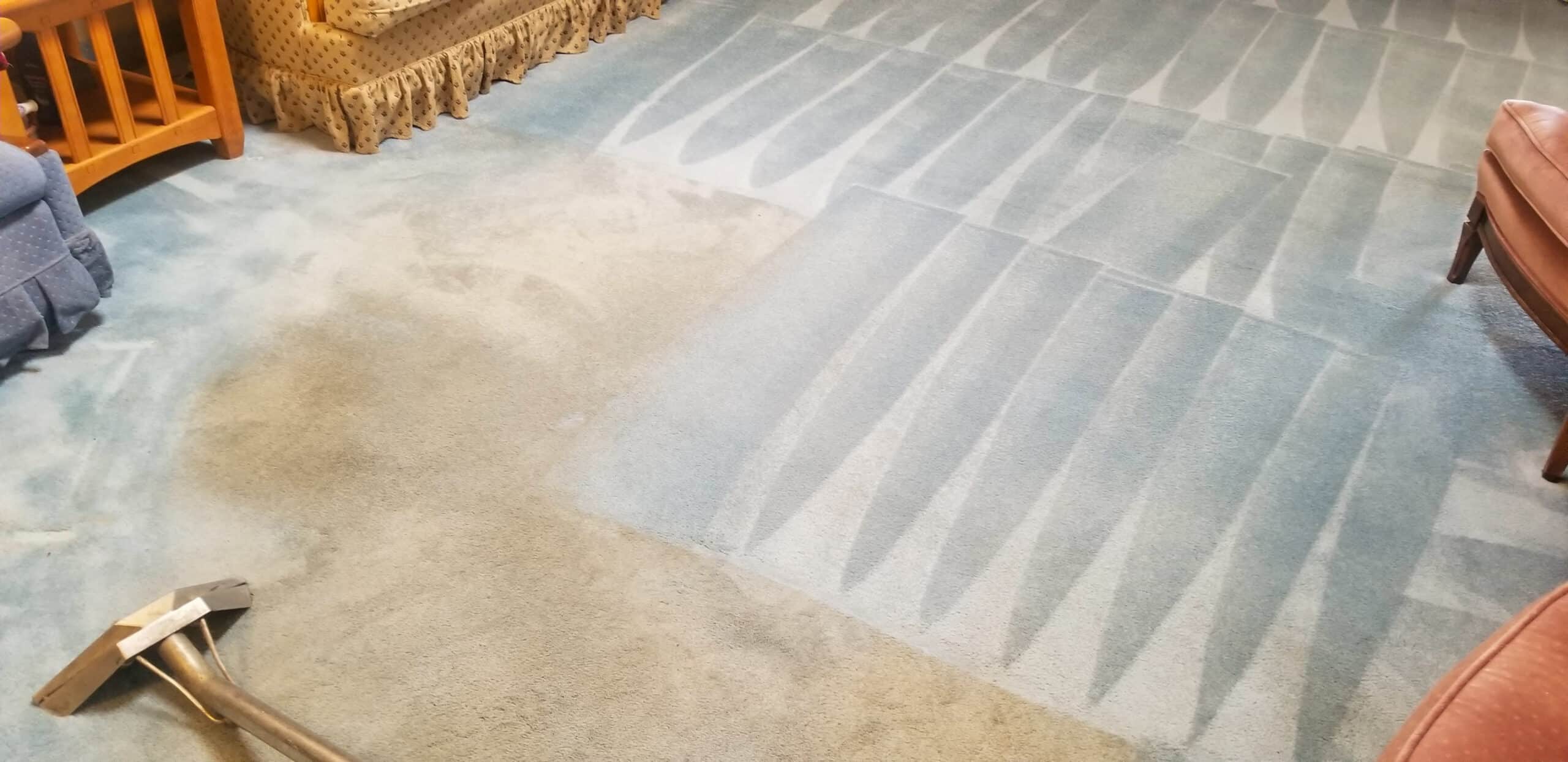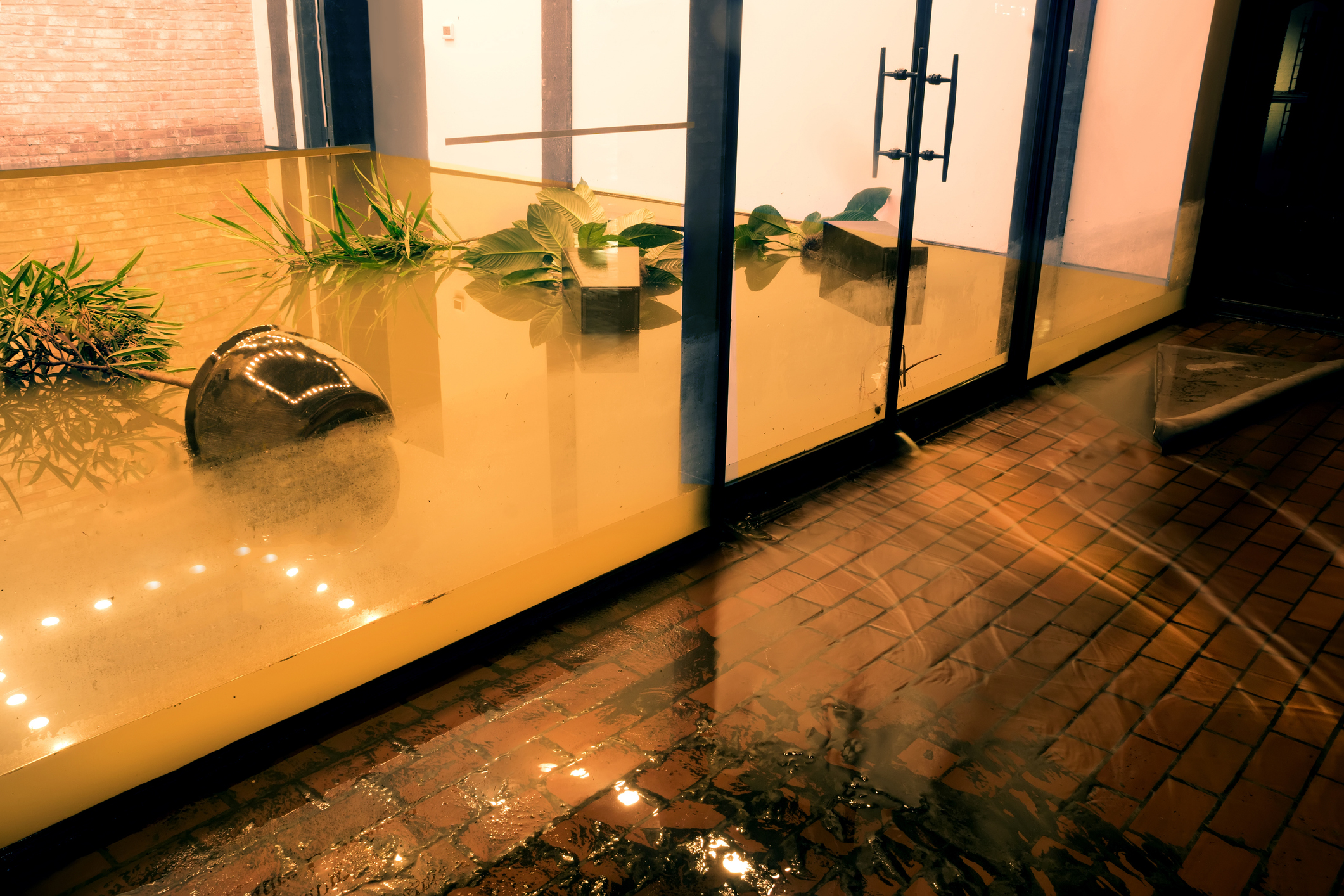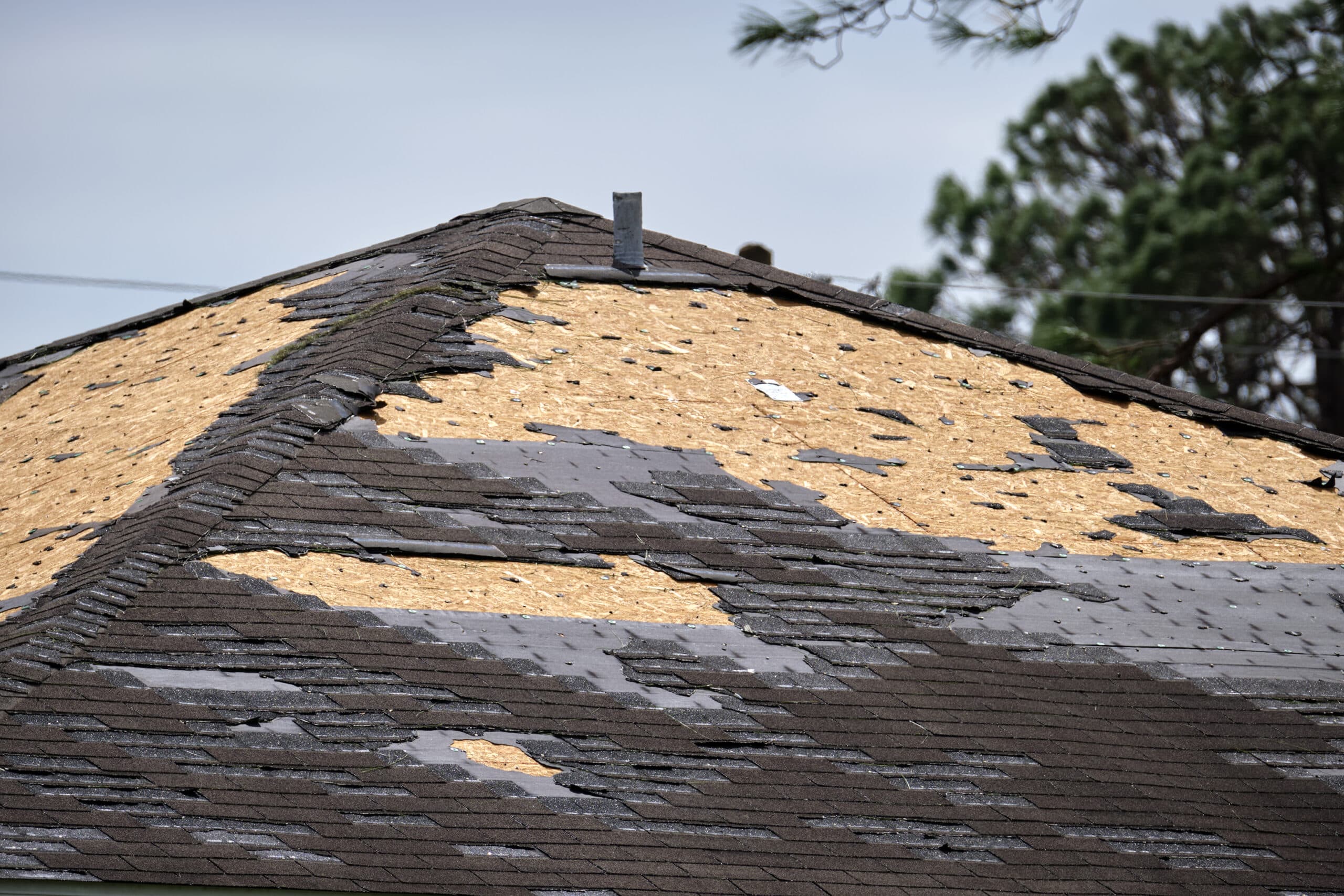Wildfires are not simply burning trees and ash. Whether or not the fire reaches your home, soot and smoke will do the job themselves. They’ll stain walls, burn furniture, and leave toxic particles in the air. And it’s not just about appearances either—smoke and soot will render air unhealthy to breathe, especially for children, seniors, and those with lung disease.
You can clean up from wildfire smoke, but do it cautiously. You must exercise precaution to be safe, anticipate, and thoroughly clean every area. We will walk you through everything about the process in this guidebook, from caution precautions to successful cleaning techniques.
Start with Safety First
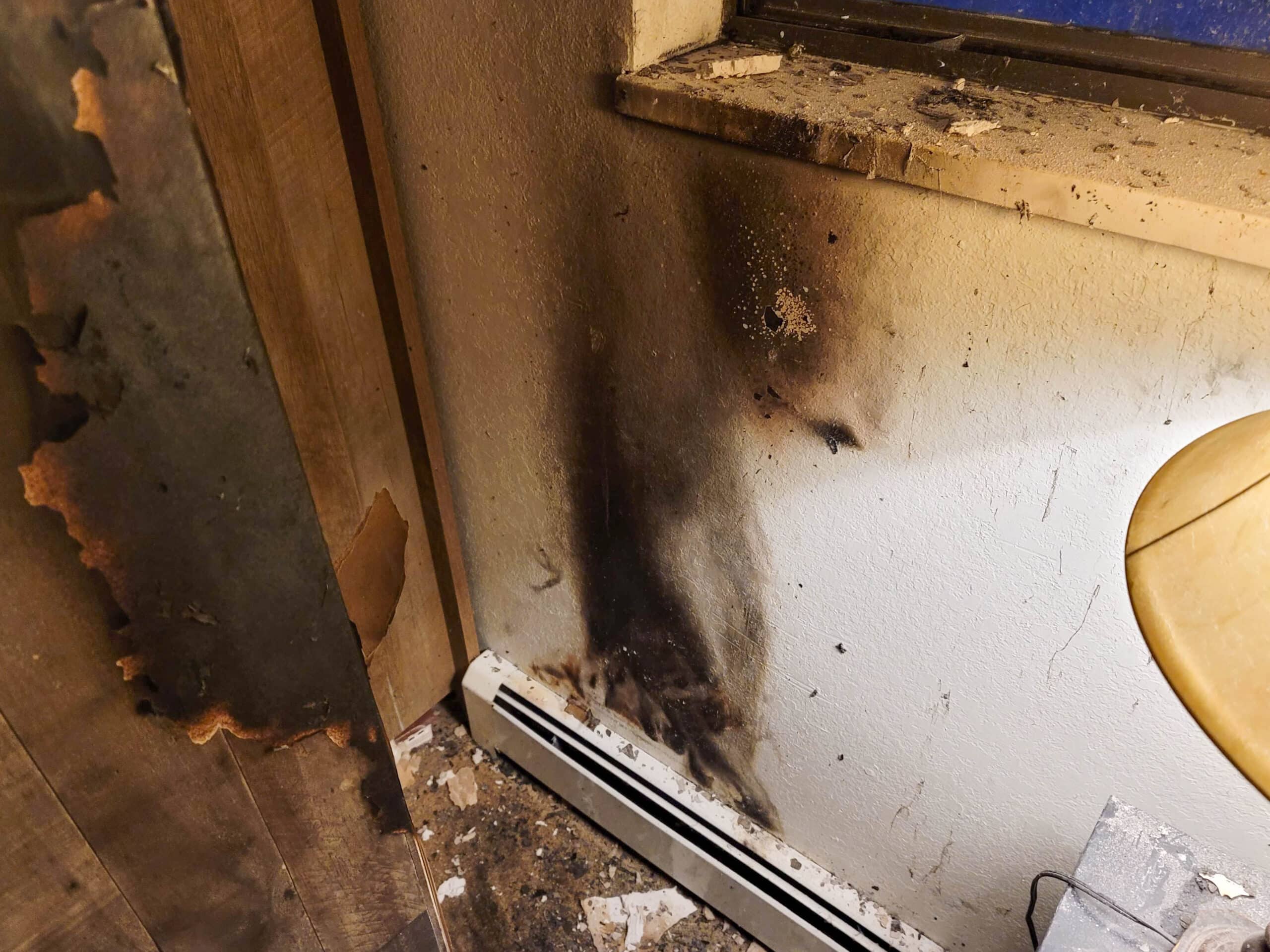
Maintain your health before cleaning. Soot and smoke contain submicroscopic harmful particles that can penetrate your lungs and wreak havoc. Employ the proper protection gear at all times:
- A mask (N95 if at hand) for preventing inhalation of particles
- Gloves to protect hands from chemicals and dust
- Safety glasses to shield eyes
- Long sleeves and pants to avoid skin contact
Sort Items Before Cleaning
Once you are safe, start by distinguishing what can be saved and what will have to be thrown away. Smoke can destroy food, clothing, and even plastics. Make your way through the house and inspect items carefully.
You can likely clean:
- Hard surfaces like countertops, tables, and metal hardware
- Glass like windows and mirrors
- Some upholstery and washables like curtains
You might have to throw out:
- Food, regardless of whether it’s in packets—heat and smoke will destroy it
- Melted or charred plastic
- Personal belongings with foul smells of smoke and cannot be washed
Take a photo of everything that was burned prior to discarding them. This will come in handy when making claims in the future.
Begin with Dry Cleaning Processes
Soot is oily and powdery. Don’t use too much water here because it smears and causes more damage. Start always by using dry methods.
Use a HEPA-filter vacuum cleaner to vacuum the surface. Vacuum soot from furniture, walls, and floors with as little pressure as possible. Brushing and scrubbing will force soot deeper into surfaces.
Next, utilize a soot sponge, also known as a chemical sponge. They can be used to deal with smoke damage and are available in cleaning stores to buy. Gently use them to rub walls and surfaces. Do not wet it. Dispose of the sponge when it turns black or trim off the black tip and put on a new one.
Dry cleaning will clean most of the soot on the surface and prepare the area for wet cleaning with liquids.
Tip: If the damage is extensive, consider hiring a professional restoration company like 24 Hour Flood Pros for expert cleanup.
Wet Clean With Soap or Vinegar
In addition to dry cleaning, wet cleaning is used. It is used in the elimination of smoky stains and adhesive residue. You can make a solution for cleaning by combining:
- 1 gallon of warm water
- A few drops of dish soap or
- 1 cup of white vinegar
Clean hard surfaces, windows, and walls with a sponge or soft cloth. Start with a small area, then a big one. Wipe, wash in tap water, and dry with a clean towel.
Don’t use too much water to wet the surface. Use only enough to clean off the grime. Water can damage surfaces, especially painted walls or wood.
Get Rid of Smoke Smell
Even after cleaning, the smoke smell can stick around. You’ll need to remove it from the air, surfaces, and fabrics. Start with some natural odor removers:
- Bowls of white vinegar – place around rooms to absorb smell
- Baking soda – sprinkle on carpets, rugs, or sofas and vacuum after a few hours
- Activated charcoal – great for soaking up odors from the air
- Odor-neutralizing sprays – use on furniture and curtains
You can also use HEPA air cleaners to purify indoor air. If you have it, operate it for several days. It deodorizes the air and removes smoke particles.
Steam cleaners are helpful too. Steam carpets, drapes, and upholstery to break up smoke trapped in fibers.
Clean Fabrics and Clothing throughly
Smoke adheres to soft furnishings. Clothing, curtains, towels, and bedding must be cleaned separately. Hot water and soap. Run a cup of vinegar through the rinse cycle—it disintegrates smoke particles and smell.
There are some items that must be washed twice. Hang them outside in the sunlight to dry if possible. Sunlight is a natural de-odorizer. On large pieces of furniture like cushions or couches upholstered with fabric, spread out baking soda on the affected area, let it stay for a while, and vacuum thoroughly.
If the odor still does not fade, use the services of a professional cleaner of your couch.
Clean Electronics and Appliances Gently
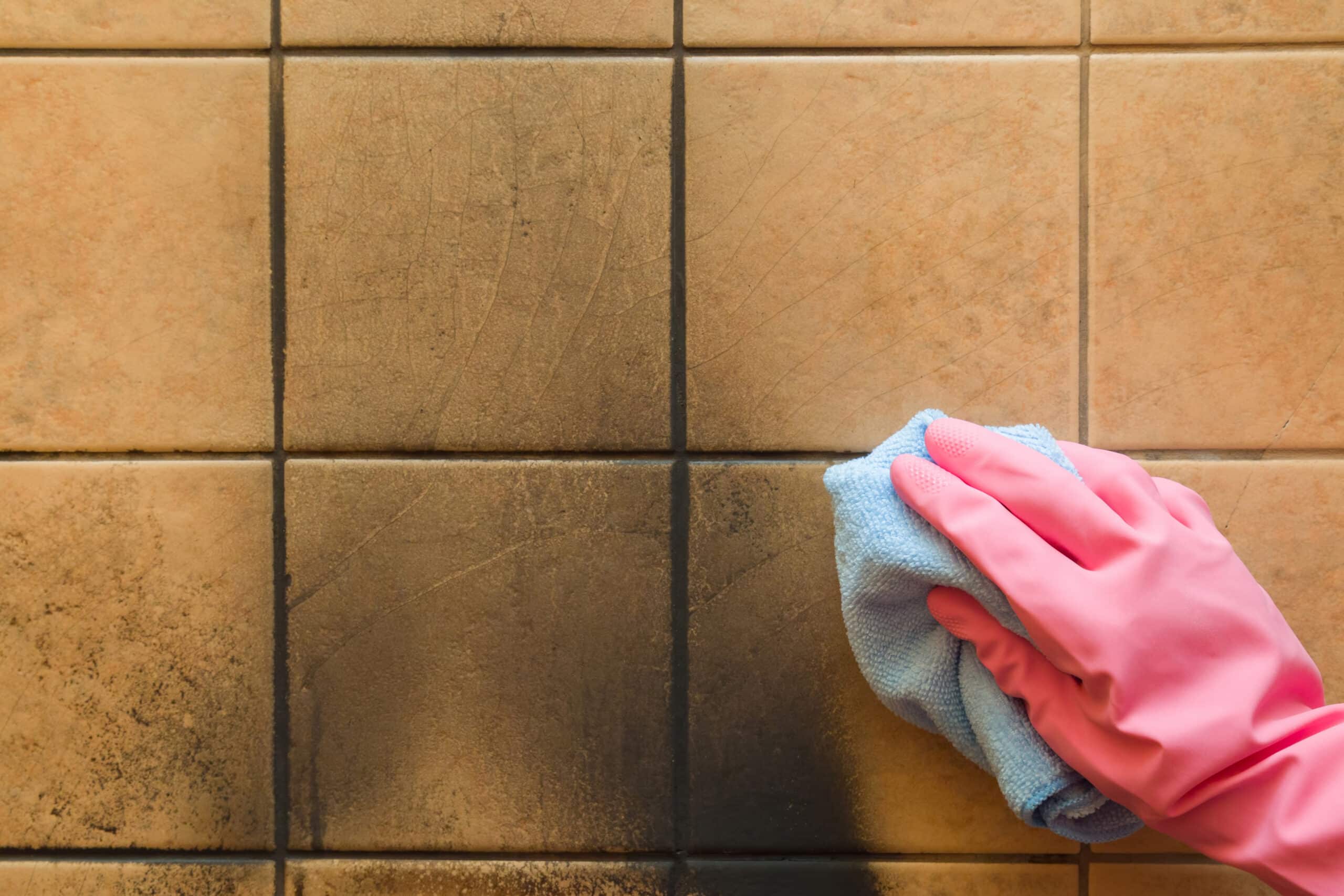
Smoke can damage electronics. Fine soot can enter vents and cause internal issues. Always unplug devices before cleaning.
Wipe down the outside of electronics with a soft, dry cloth. Do not spray liquids or use a wet cloth. If a device smells bad or stops working, take it to a repair shop before turning it on again. Avoid using electronics until you’re sure they are clean and safe.
Don’t Forget the HVAC System
Your HVAC system will also be sooted and smoky. Turn it off prior to and after the fire. Don’t operate it again until it has been inspected.
Change all of the air filters to new ones. If possible, put a HEPA-grade filter in place. Clean air grilles and vents with a damp cloth. If you find that you get smoke the next time you use your system, have a different professional clean the ducts for you. This is especially crucial if you have to ensure that you do not spread more smoke throughout your home.
Professionals use tools like ozone machines, industrial air scrubbers, and thermal foggers. They know how to clean surfaces, fabrics, and even the air properly. They also help with mold prevention and insurance paperwork. Don’t wait too long to get help if you’re feeling overwhelmed.
Protect Your Home from Future Damage
Although you can’t prevent wildfires, you can prepare. Close your house tight when wildfire season comes. Weatherstrip around doors and windows. Buy air purifiers with HEPA filters and buy additional filters.
Store food in airtight containers. Clean gutters and remove dry leaves from the roof. Have a disaster kit containing masks, gloves, vinegar, baking soda, and a first-aid kit prepared.
Being ready can reduce harm next time smoke fills your home.
With patience, discretion, and a well-planned strategy, you’ll once again have your home clean, secure, and cozy.
When to Call the Professionals
Some smoke and soot damage may be too severe for DIY cleaning. Professional restoration services can:
- Remove stubborn odors with ozone treatments or thermal fogging.
- Clean and restore delicate items like electronics or heirlooms.
- Ensure deep cleaning of HVAC systems and hard-to-reach areas.
Related Resource: Learn more about our smoke and soot damage restoration services.
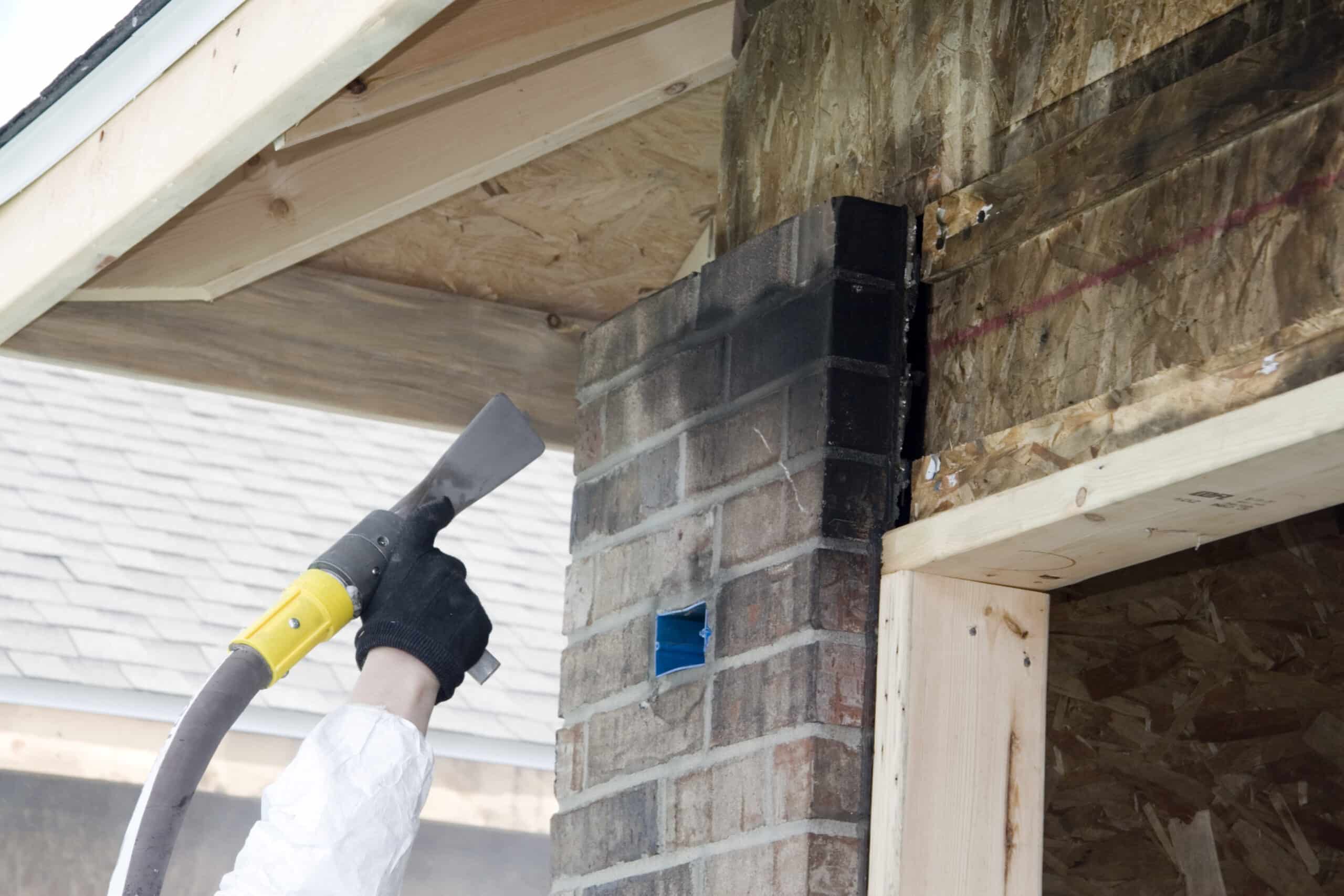
Prevent Future Damage
While wildfires are unpredictable, you can take steps to minimize smoke and soot impact:
- Seal gaps around doors and windows to prevent smoke entry.
- Install air purifiers and maintain HVAC filters regularly.
- Create defensible space around your home by clearing flammable debris.
Cleaning smoke and soot damage after a wildfire is no small task, but with the right approach, you can restore your home and protect your family’s health. For professional help, trust 24 Hour Flood Pros to provide expert smoke and fire damage restoration services.
Stay safe and prepared for wildfire season. If you need assistance, we’re just a call away!

